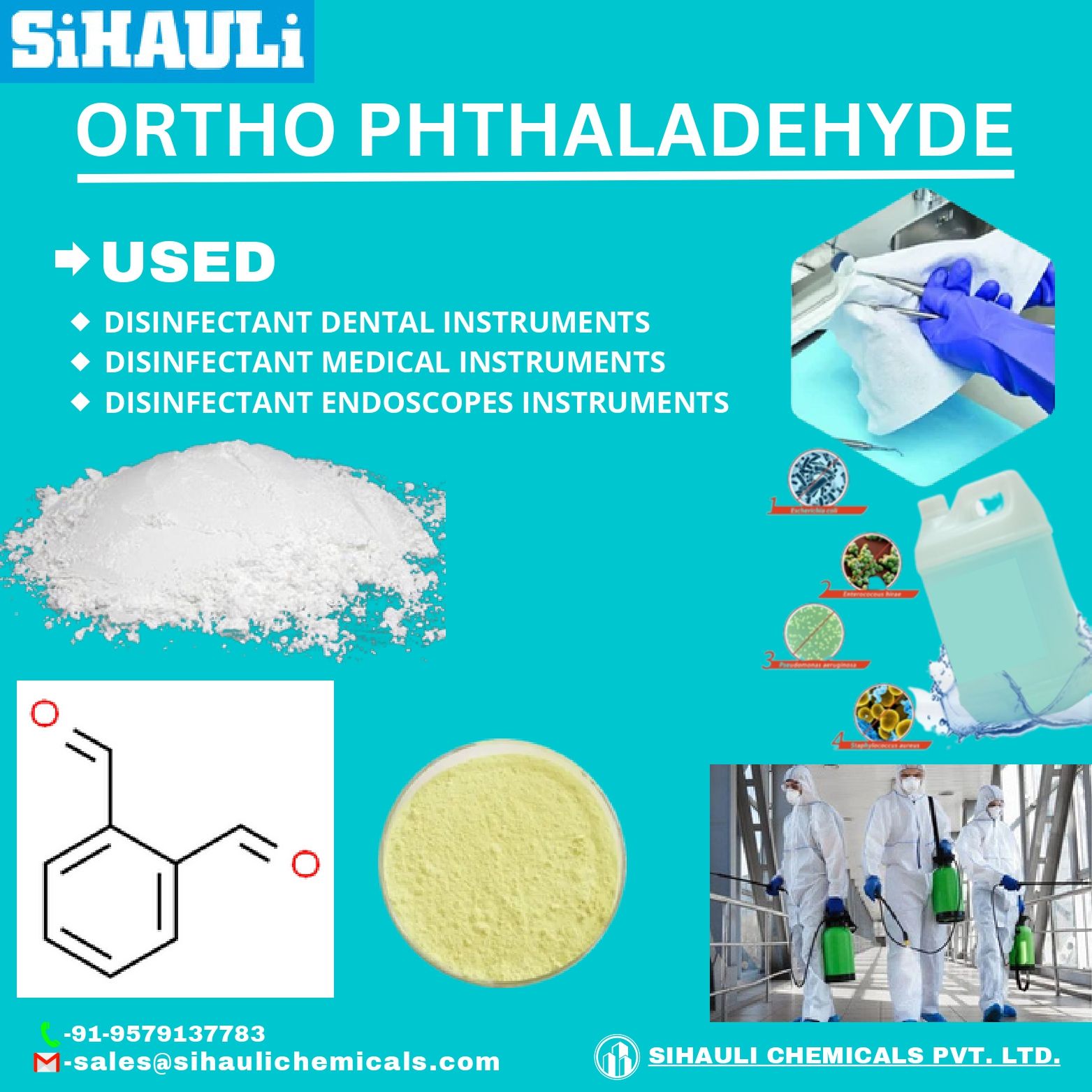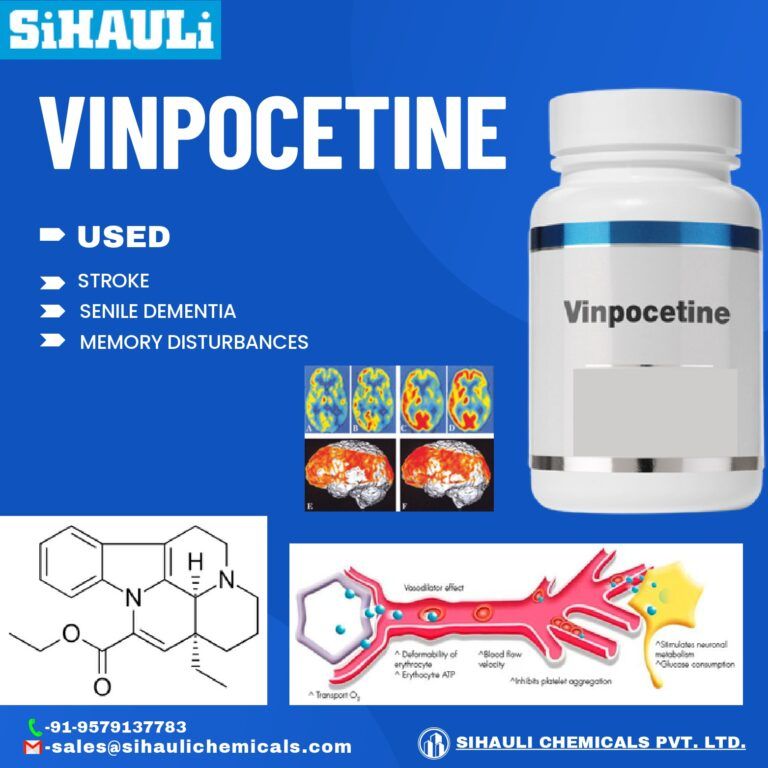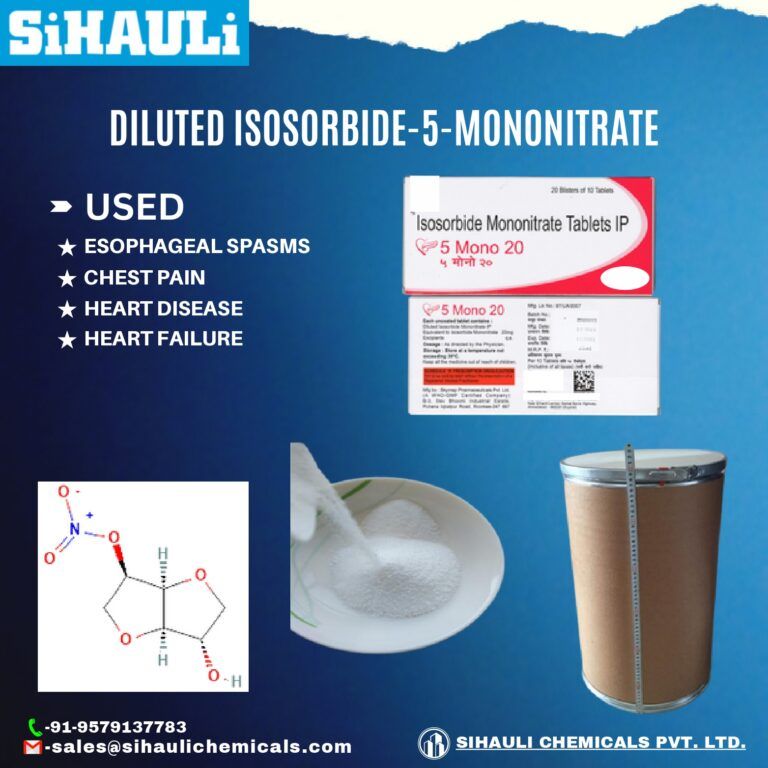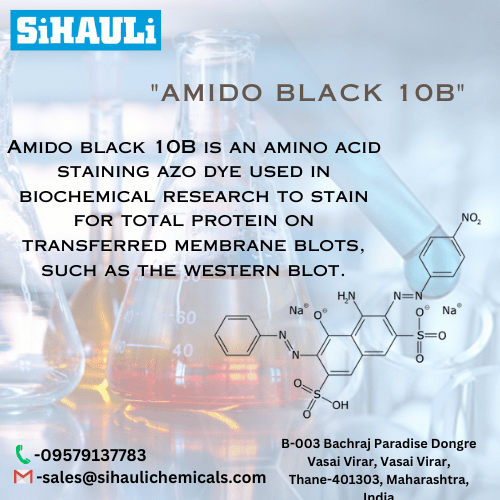Ortho-phthalaldehyde is primarily used as a high-efficiency chemical disinfectant for dental or medical instruments, such as endoscopes. It is often considered a safer alternative to glutaraldehyde. It is also used in the laboratory, as a reagent for fluorometric analyzes of primary amines and thiols.
Ortho-phthalaldehyde (OPA) is a chemical disinfectant used for the high-level sterilization of heat-sensitive medical instruments. Although OPA is considered a safer alternative to glutaraldehyde, no exposure limits have been established for respiratory exposures to ensure the safety of OPA sterilization and the safe use of OPA-treated medical instruments. In order to address data gaps in the toxicological profile of OPA, we treated human in vitro air–liquid-interface (ALI) airway cultures at the air interface with various concentrations of OPA aerosols for 10 consecutive days. Temporal tissue responses were evaluated at multiple time points during the treatment phase as well as 10 days following the last exposure. The disturbance of glutathione (GSH) homeostasis occurred as early as 20 min following the first exposure, while oxidative stress persisted throughout the treatment phase, as indicated by the sustained induction of heme oxygenase-1 (HMOX-1) expression. Repeated exposures to OPA aerosols resulted in both functional and structural changes, including the inhibition of ciliary beating frequency, aberrant mucin production, decreases in airway secretory cells, and tissue morphological changes. While OPA-induced oxidative stress recovered to control levels after a 10 day recovery period, functional and structural alterations caused by the high concentration of OPA aerosols failed to fully recover over the observation period. These findings indicate that aerosolized OPA induces both transient and relatively persistent functional and structural abnormalities in ALI cultures under the conditions of the current study.




